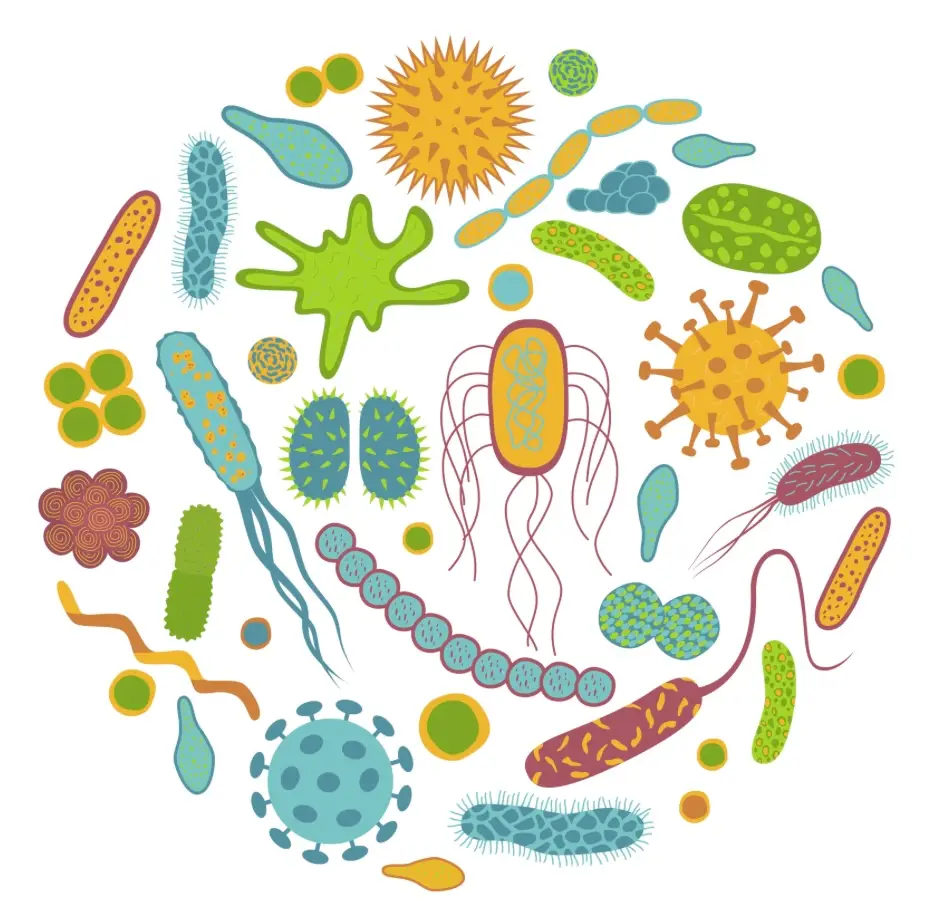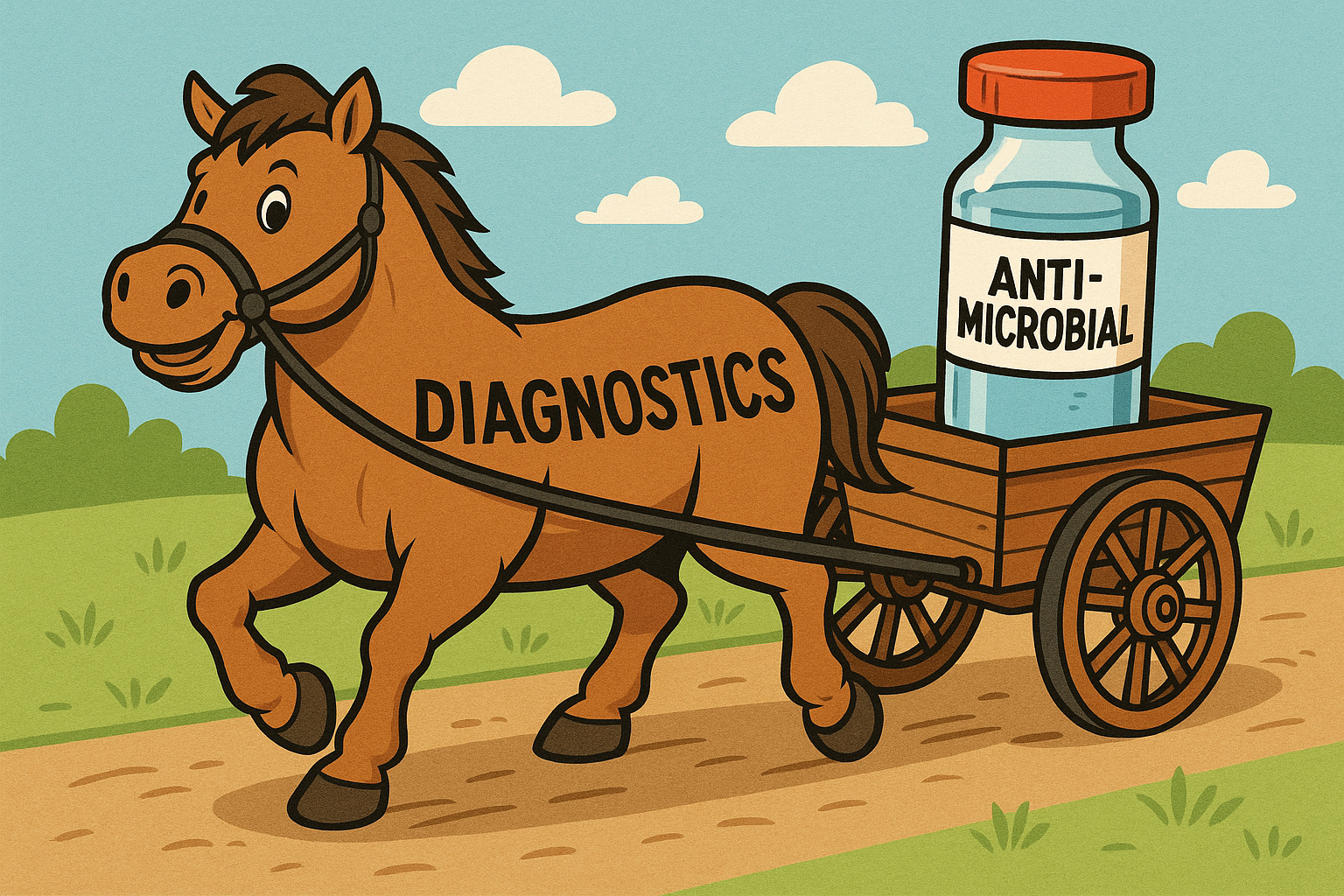What is antimicrobial resistance?
You may have heard the words “antimicrobial resistance”, “resistant microbes”, or “superbugs”. But what exactly is antimicrobial resistance (AMR), how does it happen, and why is it getting more and more attention?
Antimicrobial resistance is a term used to describe a situation where germs stop responding to drugs that are typically used to kill them, and the infection continues despite the treatment. It does not happen only in bacteria – other microbes, such as fungi, viruses, and parasites, can also become resistant to drugs used to eliminate them.
Antimicrobial drugs, therefore, include not only antibiotics used against bacteria but also drugs that target fungi (antifungals), antiviral, and antiparasitic medications.
Germs, or microbes, have genes just like other living creatures. When they are exposed to drugs that kill them, they fight for survival – they may change their genes to develop ways to protect themselves from these drugs. When genetic changes (or mutations) happen, this may lead to changes in the microbe’s structure or functions. For example, the bug can find a way to prevent the drug from getting inside by changing its outer layer or actively “pump” the drug out of its cell. When someone takes an antimicrobial drug for an infection, the drug can kill most of the microbes it targets, but if some develop a genetic mutation that protects them from the drug, this newly mutated group may survive, multiply, and continue causing the infection.
The process does not stop there, however. Microbes are masters of adaptation – one reason is that they can easily share genes with each other. So, when one group of microbes, such as bacteria, changes its genes and becomes resistant to antimicrobial drugs, not only does this group get a survival advantage, but it can then share these genes with other bacteria to make them resistant to these drugs too. Sometimes, microbes can become resistant to multiple drugs normally used to kill them, and such microbes are called superbugs.
Since bugs are ones developing ways to avoid being killed by drugs, antimicrobial resistance means resistance in the microbes, not in the human body, as some may mistakenly think. Resistant microbes, however, can be transferred from one person to another through various means, and sometimes from animals to people as well.
Why does antimicrobial resistance pose a serious problem? As mentioned above, microbes can spread resistance among themselves, meaning that other germs that could previously be killed with a certain antimicrobial drug are no longer sensitive to it, and more infections become difficult to treat. Animals treated with antibiotics can get resistant bacteria too, and then pass them to humans, for example, through the consumption of meat or milk. Resistant bugs can be transferred from person to person as well – and with international travel being widespread, many resistant microbes that first appeared in one part of the world have since spread to other countries and continents.
Everyone can contribute to the fight against antimicrobial resistance. Continue following our blog page on our website to learn more about the steps to protect yourself and others from this threat and lower the risk of being affected.
Author: Dr. Ekaterina Zagaynova, MD, MPH



